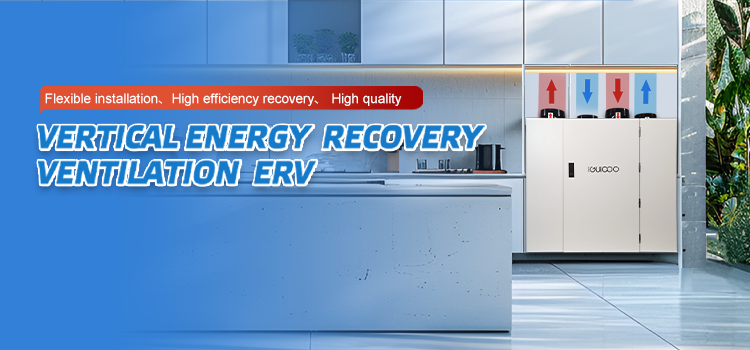If you’re seeking to enhance your home’s ventilation and energy efficiency, you might be considering a Heat Recovery Ventilation System (HRVS), also known as a Ventilation Heat Recovery System. But is investing in such a system truly worth it? Let’s explore the benefits and weigh the pros and cons.
A Heat Recovery Ventilation System works by exchanging heat between incoming fresh air and outgoing stale air. This process helps maintain a consistent indoor temperature while minimizing energy loss. In colder climates, the recovered heat can significantly reduce heating costs, making your home more energy-efficient.
One of the primary benefits of a Ventilation Heat Recovery System is improved indoor air quality. By continuously exchanging stale indoor air with fresh outdoor air, an HRVS ensures that your home remains well-ventilated, reducing the risk of indoor air pollution and allergies.
Moreover, a Heat Recovery Ventilation System can help reduce your carbon footprint. By recovering and reusing heat, an HRVS minimizes the need for heating and cooling, thereby lowering greenhouse gas emissions.
Of course, there are some potential drawbacks to consider. The initial cost of installing an HRVS can be significant. However, over time, the energy savings and improved air quality can offset this cost. Additionally, maintaining an HRVS requires regular inspections and cleaning to ensure optimal performance.
In conclusion, a Heat Recovery Ventilation System, or Ventilation Heat Recovery System, can offer numerous benefits, including improved indoor air quality, energy efficiency, and reduced carbon emissions. While the initial investment may be high, the long-term savings and benefits make it a worthwhile investment for many homeowners. So, if you’re serious about enhancing your home’s ventilation and energy efficiency, an HRVS might just be the solution you’re looking for.
Post time: Oct-24-2024







